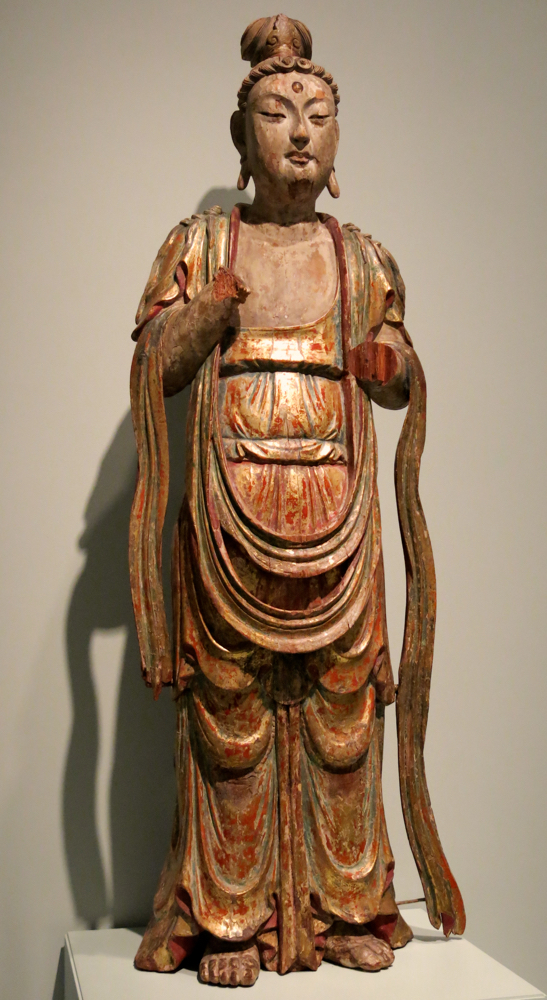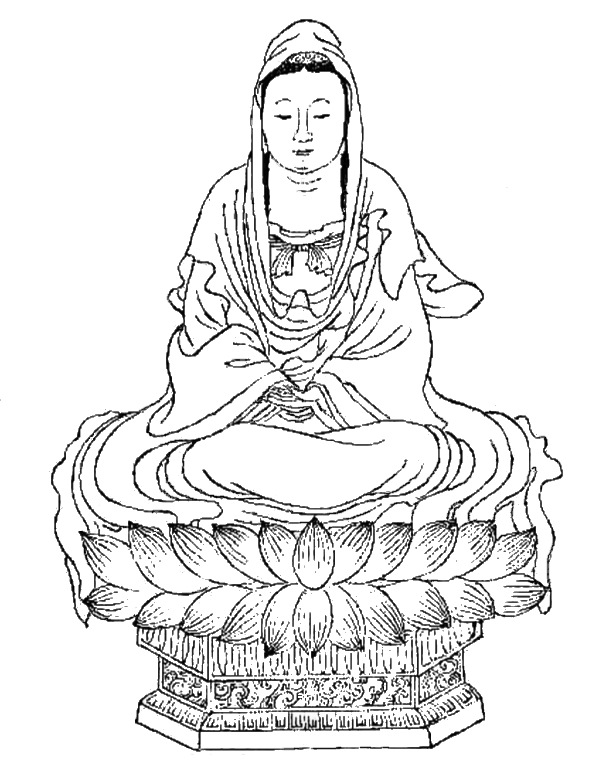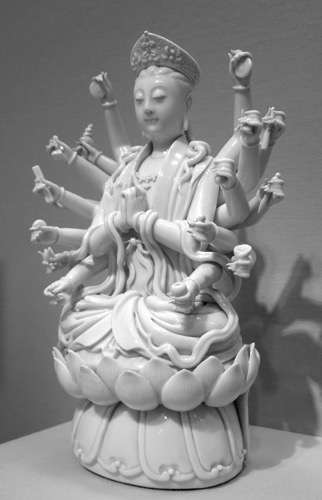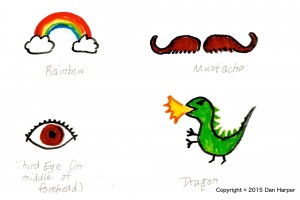Behind the scenes, several Unitarian Universalist bloggers have been discussing how to increase traffic to blog posts that the blogger thinks are useful or important. One UU blogger observed that if you write a post that is some combination of controversial, critical, or ranting, you are more likely to get a lot of hits on that post. But how do you drive traffic to more thoughtful posts that you think are worthy of a wider readership, but which aren’t the kind of traffic you think they deserve? The advice given by several bloggers was to write headlines and titles that are carefully designed to drive appropriate traffic to the blog post.
This is a sound approach to driving traffic to your blog, and I have no intention of following it.
Over the years, I’ve tried this approach a few times, and I’ve written a few blog posts on controversial topics that, judged by my low standards, got a fair amount of traffic. I discovered three things: First, writing controversial blog posts that attract lots of traffic forces me to think about the world in ways that I do not enjoy: you have to start looking for controversies everywhere. Second, once you start getting more than half a dozen comments on controversial blog posts you are going to have to spend time moderating whackos and fending off trolls, activities I find dull and unpleasant. Third, controversial blog posts tend to attract readers who either have an axe to grind or who aren’t interested in nuance, people with whom I have little in common.
So I came up with a different strategy for writing blog posts.
I tend to write carefully-written, well-documented posts designed to have a long shelf life. Such posts might provide information not easily available elsewhere on the Web, e.g., the posts I have done on Black theologian William R. Jones. Or such posts might provide authoritative information on an area where I have some level of expertise, e.g., the post I did on implementing #FergusonSyllabus in Sunday school. Or such posts might provide useful summaries on an obscure topic (note that since Unitarian Universalism is a tiny sect, most UU topics are obscure), e.g., the posts I have done on the theological influence Mary Rotch had on Ralph Waldo Emerson. In SEO (search engine optimization) terms, this is a variant of “long tail search”; my SEO goal is to have lots of authoritative posts with just a few highly specific links going into them.
To put it another way, trying to compete for traffic with Huff Post (or for that matter with Doug Muder and Vicki Weinstein) is a mug’s game, a strategy with a low chance of success. At least, it’s a mug’s game for someone like me, because I’m not that kind of writer.
I’ve spent some time thinking about the kind of writing I am best able to do. My partner, a former freelance writer, talks about being an “information hunter-gatherer,” and I can do some of that. My older sister, a professor of writing and an author, talks about the book by Robert Coles, Doing Documentary Work, and I can do some of what Coles describes. Then too I’m a minister, and every once in a while I’m able to do some writing on spiritual topics.
Once we’ve gone this far, the rest is obvious. Finding out what kind of writer you are means figuring out who your readers are, and what they are interested in reading. Finding out who you are as a writer means learning how to write well for your readers. Depending on who you are as a writer, this could mean learning how to write clickbait headlines, and keyword-rich blog posts. Or if you’re a different kind of writer, this could mean something different. In my case, it means trying to write well-crafted short essays on topics about which I have knowledge. And in your case, it might be something else altogether.
I don’t believe there is one best way to write a blog. I believe what you want to do is know who you are as a writer, know who your readers are, write well-crafted blog posts aimed at your readers, and then find the SEO strategy that best allows you to reach your readers.










